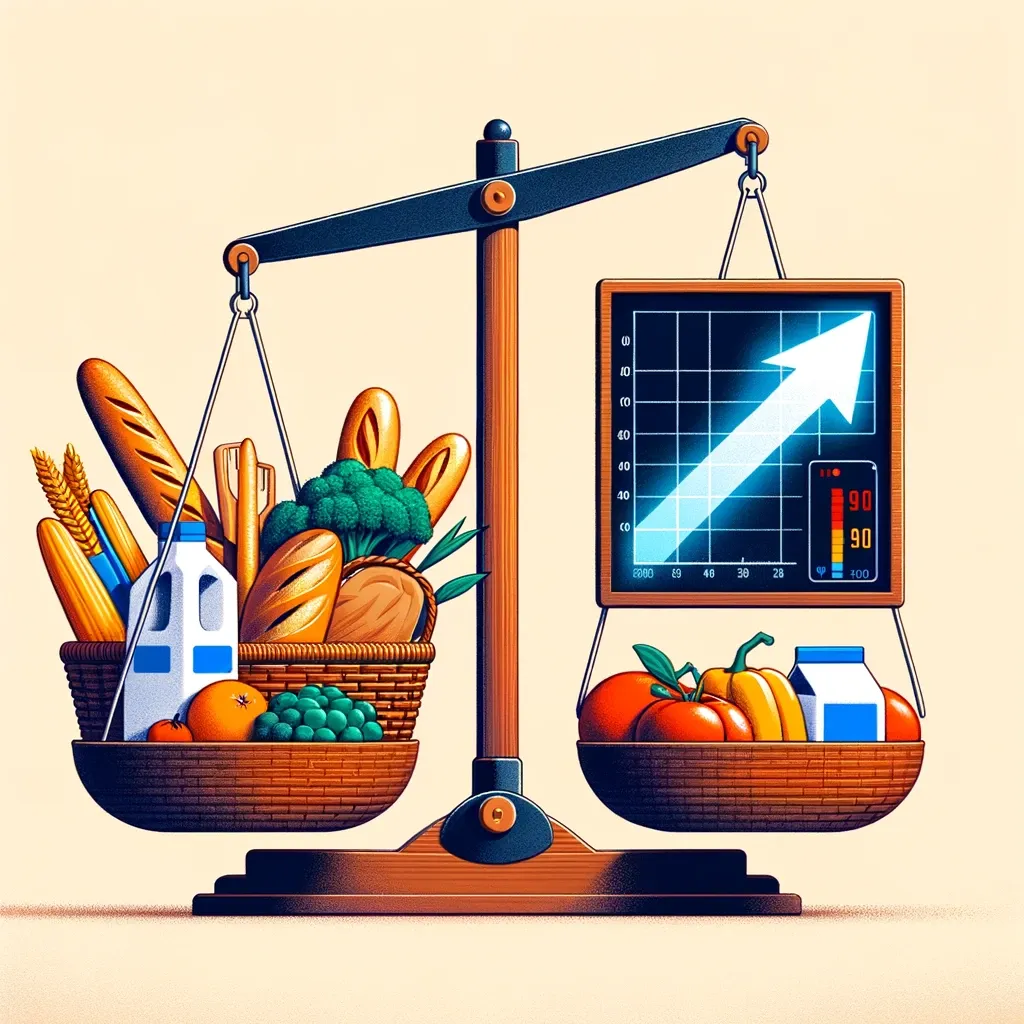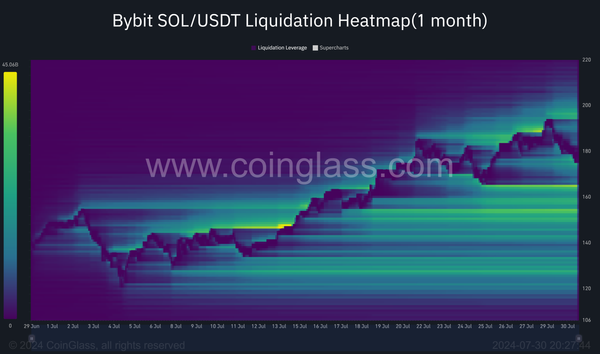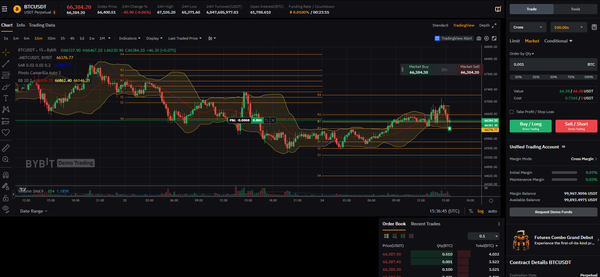How Inflation Data Can Make or Break Your Crypto Portfolio

The relationship between traditional financial markets and cryptocurrencies is often misunderstood. While touted as independent, cryptocurrencies like Bitcoin can be surprisingly swayed by economic indicators like the Consumer Price Index (CPI). This post dives into how US CPI data releases influence crypto markets and why Bitcoin soared over 7% after a recent lower-than-expected CPI report.
Understanding CPI and Its Impact
Inflation refers to the gradual increase in the prices of goods and services in an economy over time. This means that a dollar today won't buy you as much tomorrow. It's like a slow leak in the value of your money. To measure inflation, economists use the Consumer Price Index (CPI). This is a crucial economic indicator that tracks average price changes for a basket of goods and services that consumers typically buy. It acts as a primary gauge of inflation, reflecting purchasing power and cost of living. Here's how it plays out:
- Inflation Indicator: Rising CPI signifies inflation, prompting the Federal Reserve to potentially adjust interest rates to manage economic growth and inflation.
- Interest Rate Expectations: Lower-than-expected CPI figures can lead investors to believe the Fed might delay or cut interest rates. Conversely, higher CPI figures suggest future rate hikes.
Why CPI Matters for Crypto
Despite their decentralized nature, cryptocurrencies aren't immune to these macroeconomic factors. Here's how CPI data can influence the crypto market:
- Risk-On Sentiment: Cryptocurrencies are often seen as risky investments. Lower CPI readings, indicating tamer inflation, can boost investor confidence and risk appetite, leading to more investment in riskier assets like crypto.
- Market Liquidity: Lower interest rates generally increase market liquidity. Borrowing costs decrease, and more money flows into various asset classes. This increased liquidity can drive up cryptocurrency prices as investors seek higher returns compared to traditional assets.
- The Inflation Hedge Narrative: Bitcoin and other cryptocurrencies are sometimes viewed as hedges against inflation. While lower CPI figures might reduce immediate inflation concerns, the broader narrative of cryptocurrencies as a store of value remains attractive, especially in low-interest-rate environments.
The April CPI Report and Bitcoin's Reaction
In April, the CPI rose by 0.3% from March, slightly below the expected 0.4%. The 12-month inflation rate matched expectations at 3.4%. Excluding food and energy, the core inflation reading also aligned with forecasts at 0.3% monthly and 3.6% annually.
Market Reactions:
- Positive Market Sentiment: The slightly lower-than-expected monthly CPI increase suggested potentially easing inflation. This led to positive reactions in stock markets, with futures tied to major stock indexes rallying.
- Treasury Yields Down: Lower Treasury yields indicated that investors expected the Federal Reserve to maintain or even lower interest rates soon, making riskier assets like crypto more attractive.
- Bitcoin's 7% Surge: Following the CPI data release, Bitcoin's price jumped by 7%. This surge can be attributed to the positive market sentiment driven by the lower-than-expected inflation figures, which reduced the likelihood of aggressive interest rate hikes by the Federal Reserve.
Conclusion: Stay Informed, Invest Smarter
The US CPI data release has a significant impact on crypto markets, highlighting the interconnectedness of global financial systems. Lower-than-expected inflation figures can boost investor confidence, leading to increased investment in cryptocurrencies. While cryptocurrencies are often seen as independent from traditional financial systems, they are still influenced by macroeconomic indicators and market sentiment. As the financial landscape continues to evolve, understanding these connections will be crucial for investors navigating both traditional and digital asset markets.
By closely monitoring key economic indicators like the CPI, crypto investors can gain valuable insights into potential market movements and make more informed investment decisions. Consider following resources for upcoming CPI data releases and market forecasts to stay ahead of the curve.




